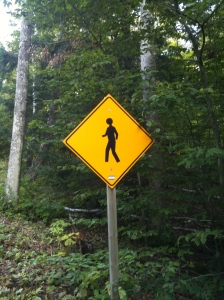This story is based on a real organization. Identifying details have been altered to protect the guilty.
Once upon a corporate growth spurt, hard-working scientists and operations/manufacturing folks busted their butts for weeks, months, and years to reach ever-higher demands for product innovation. They worked through nights, weekends, and holidays. The company’s culture was known as “intense,” at best. Others described it as toxic, sick, and used more colorful language. Employees were exhausted but kept going… and going… Lucky ones found jobs elsewhere, but there was a recession. Most felt fortunate to have a job at all.
Eventually, the stock went up, a lot! The company got positive press. Their cool new products were well received. The CEO sent an email to employees: “Thanks for your important role in our success.” Some never noticed the email among demanding, demoralizing messages to work harder, faster, and better. Others wondered why the CEO didn’t express gratitude in person. An email seemed impersonal.
Unfortunately, long time employees were not surprised: The CEO had never stopped by their facilities while they were at work. He had never engaged them in face-to-face conversation. His office was across the street from buildings bustling with product development and manufacturing activity, but workers felt as if they were miles away, out of sight, out of mind, unrecognized, unappreciated. Their efforts had been critical to the company’s success. They wanted to see and hear thanks from the CEO, delivered in person.
Wise leaders know it’s important to show up and connect with employees. Face time counts. It takes a few seconds to see another human being (make eye contact), acknowledge her importance, and say “thanks.” Two minutes is enough time to ask a question and show interest in what she does. Simple interactions can make a big difference.
Appreciation for workers begins at the top. When a leader is perceived as unconcerned and disconnected, he should not be surprised about employee retention problems, low morale, and related issues. Perhaps this CEO is a poor communicator, feels uncomfortable making “pep talks,” has no idea how people feel about him, or simply doesn’t care. He would benefit from learning to “walk the thank-you talk,” crossing the street to express gratitude.
